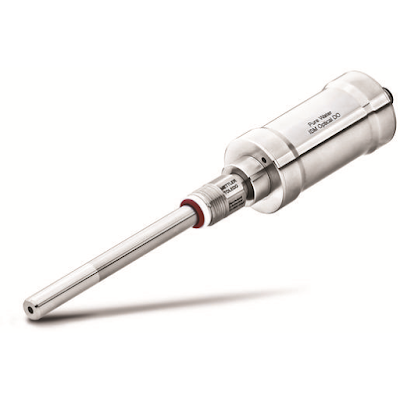What is the Purpose of Mass Flow Controllers?
A mass flow controller is effective in measuring and controlling flow rates. These unique devices consist of a control valve that regulates flow with most including a control function. Because these devices can control and measure the rate of flow, they are called mass flow controllers.
The mass flow controller works according to thermal properties but should not be confused with a thermal flowmeter. These devices will measure flow in small lines of less than 2 inches and are largely implemented to measure gas flow rather than liquid flow.
Let’s take a closer look at the purpose and the application of a mass flow controller.
How Does a Mass Flow Controller Work?
A mass flow controller or MFC works by diverting flow along a small capillary tube. These devices may not measure the whole flow rate but simply the flow as it moves along the meter body and then through a capillary tube. It moves onto a U path that is positioned along the top end of the meter. When flow is diverted, a small drop in pressure is created in the flow line. It is this fluid that is measured when it moves between heat resistance temperature detectors. The resultant change in temperature will produce a signal that is indicative of flow.
Why Use a Mass Flow Controller?
The MFC is a device that operates to automatically control the gas flow rate in accordance with a set flow rate. Once the difference is recorded, the flow rate will be delivered as an electric signal. These signals are not impacted by the conditions of the application of changes in the pressure of a gas.
There are two types of flow rates including a mass flow and a volumetric flow. The volumetric flow is impacted by the ambient temperature and the surrounding pressure. If you are looking to measure the true flow, then you need to look at pressure conditions. The pressure condition will offer more accuracy and stability which are better for measurement purposes.
The MFC is used in different industrial applications including automation in production. The reason for such processes is to assist in reliable measurement and control of processes. With the use of an MFC, the area used for flow rate measurement consists of a sensor and a control valve helping to produce more reliable monitoring and outcomes.
These systems make use of a loop or U-shaped circuit because it prevents the interruption of the flow rate should there be a change in ambient or secondary pressure.
The MFC has changed considerably since its inception in the early 1980s. With the introduction of digital measures, these devices have become more efficient and effective at performing the desired measurements and in producing accurate signals for monitoring purposes.
In the search for the best mass flow controllers, it is important to look for functional and responsive devices that produce reliable results. When applied in industry, it is necessary to rely on apparatus that will produce accurate readings that support control and monitoring.

Comments
Post a Comment